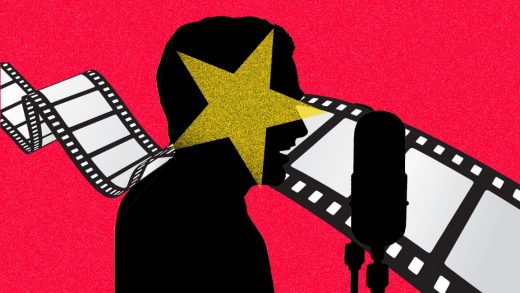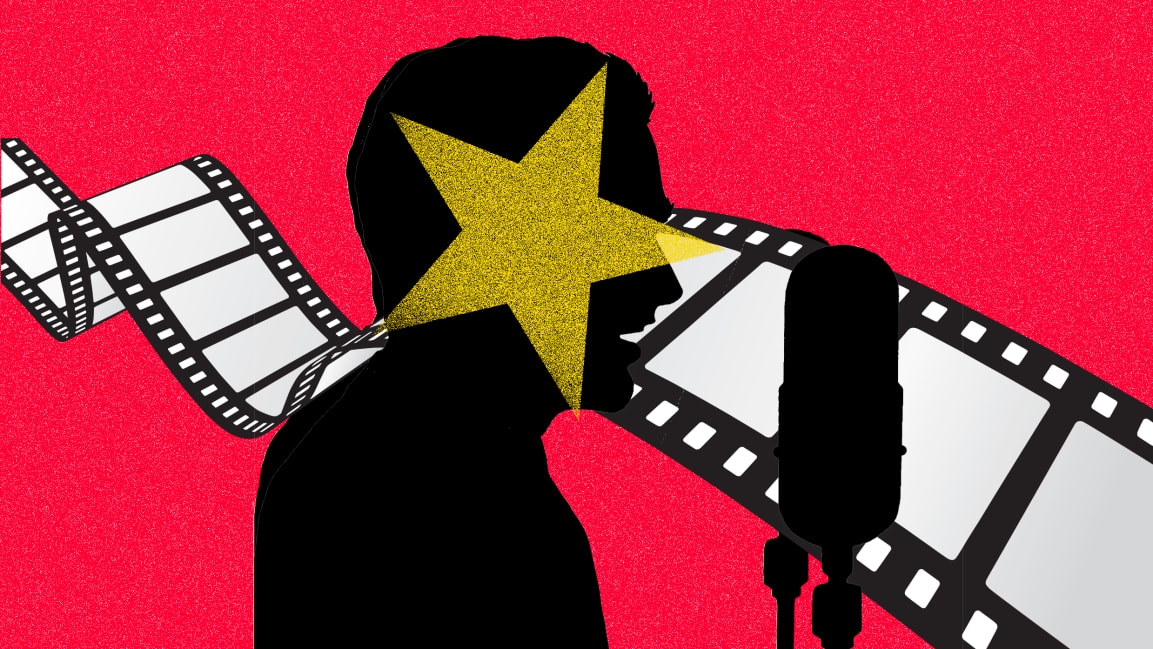Why everyone is mad about the new Super Mario Bros. movie
The list of boldface names goes on and on. Chris Pratt, Anya Taylor-Joy, Seth Rogen, and many more. No, it isn’t a new trailer for Adam McKay’s almost suspiciously star-studded Don’t Look Up, but rather the casting announcement for a new, animated take on the world’s most popular Italian plumber brothers.
“Here we go!”
Chris Pratt as Mario
Anya Taylor-Joy as Peach
Charlie Day as Luigi
Jack Black as Bowser
Keegan-Michael Key as Toad
Seth Rogen as Donkey Kong
Fred Armisen as Cranky Kong
Kevin Michael Richardson as Kamek
Sebastian Maniscalco as Spike
Cameos from Charles Martinet pic.twitter.com/Yio2pql1Jy— Illumination (@illumination) September 23, 2021
The news landed online on Thursday night, with a wave of ironic indignation about the Italian erasure of casting Pratt and Charlie Day as Mario and Luigi. Of course, this sentiment was soon superseded by an earnest wave of indignation about the prevalence of needless celebrity casting in animated movies.
a reminder that professionally trained voice actors exist too and that we should maybe start casting them regularly in animated movies instead of celebrities who have no concept of voice acting
— annalisa ???? 42 (@mouseygalore) September 23, 2021
You actually DON’T have to pack animated films with celebrities. Gen X with kids grew up on cartoons and don’t need to be sold and kids could care less about celebrity voices : Enter the #Spiderverse had working actors (not stars) for voices and made zillions https://t.co/PUkzwdG903
— Dr. Jason Johnson (@DrJasonJohnson) September 24, 2021
Animation is cool because it lets you portray all kinds of wacky things but with the regular voices of famous actors. Jude Law’s normal speaking voice coming out of a muffin. Chris Pine’s normal speaking voice but as a water demon. The power of imagination!
— Cody Johnston (@drmistercody) September 24, 2021
Maybe it was just how familiarly soulless the announcement felt, or how the new film will share costars Rogen and Keegan-Michael Key with the recent, similarly celeb-swollen “live-action” Lion King. Whatever the reason, though, this particular announcement felt like a kind of tipping point in the long-running conversation about voice talent in animated films.
“Super Mario Bros. movie lands all-star voice cast,” a Variety headline declared breathlessly, as though there had been some suspense about whether such a feat could happen, as though this wasn’t what always happens, as though the cast of 2019’s The Angry Birds Movie 2 didn’t include Nicki Minaj, Sterling K. Brown, no less than five SNL alumni, and—why the hell not—Jojo Siwa. Long gone are the days when roles in animated films went to the vocal performers best suited to them.
As many have previously pointed out, the origin of this trend seems to be 1992’s Aladdin, which featured a bravura vocal performance from Robin Williams. Marketed on the star power of an ascendant Williams, against his express wishes, the film went on to be a massive hit, altering the course of casting in animated movies going forward. (Williams never worked with Disney again. However, he did appear in 2011’s Happy Feet 2, alongside the voice acting talents of Brad Pitt, Matt Damon, Sofía Vergara, Pink, and Common.)
It was the wrong lesson to take from Aladdin’s success. The genie role wasn’t a standout performance because of Williams’s star wattage or magnetic charisma; it was a product of his unique vocal acrobatics. Williams wasn’t just a boldface name or even a recognizable voice, but a vital collaborator on the project, adding so much improvisation to the performance that the animators had to adjust for his contributions. The success of his role did not, however, lead to a wave of casting vocally nimble comedic actors with world-class improv skills, but rather an abundance of superstars.
A few years later, Toy Story would explode onto screens with Tom Hanks and Tim Allen in the lead roles. A few years after that, the English dub of Studio Ghibli’s Kiki’s Delivery Service featured Kirsten Dunst, Phil Hartman, and Janeane Garofalo. By 2001, when Mike Myers, Eddie Murphy, and Cameron Diaz starred in the first of five-and-counting Shrek movies, there no longer seemed to be any pretense that casting in major animated films relied on anything other than recognizability.
Where the goal was once to cast on the strength of a performer’s ability to lose themselves in a role, the goal now is that whenever Mario appears onscreen, the viewer remember, “Hey, that’s Chris Pratt, star of The Lego Movie!”
Not exactly super.
This casting tactic betrays a lack of faith in the substance of a project, which may be fitting in the case of Super Mario Bros., as the substance appears to be “IP-based cash grab.” But if it takes this many celebs to prop up an animated movie, maybe don’t make that movie.
(50)



